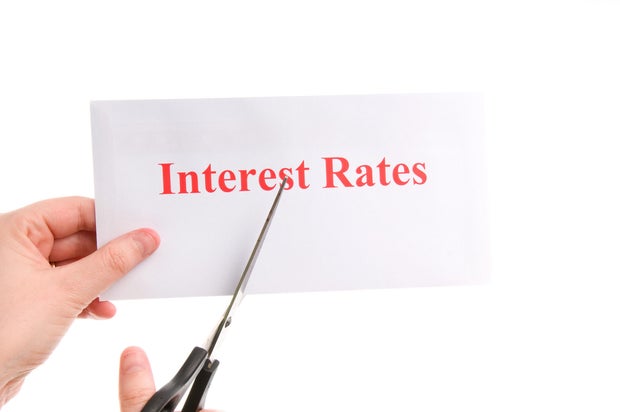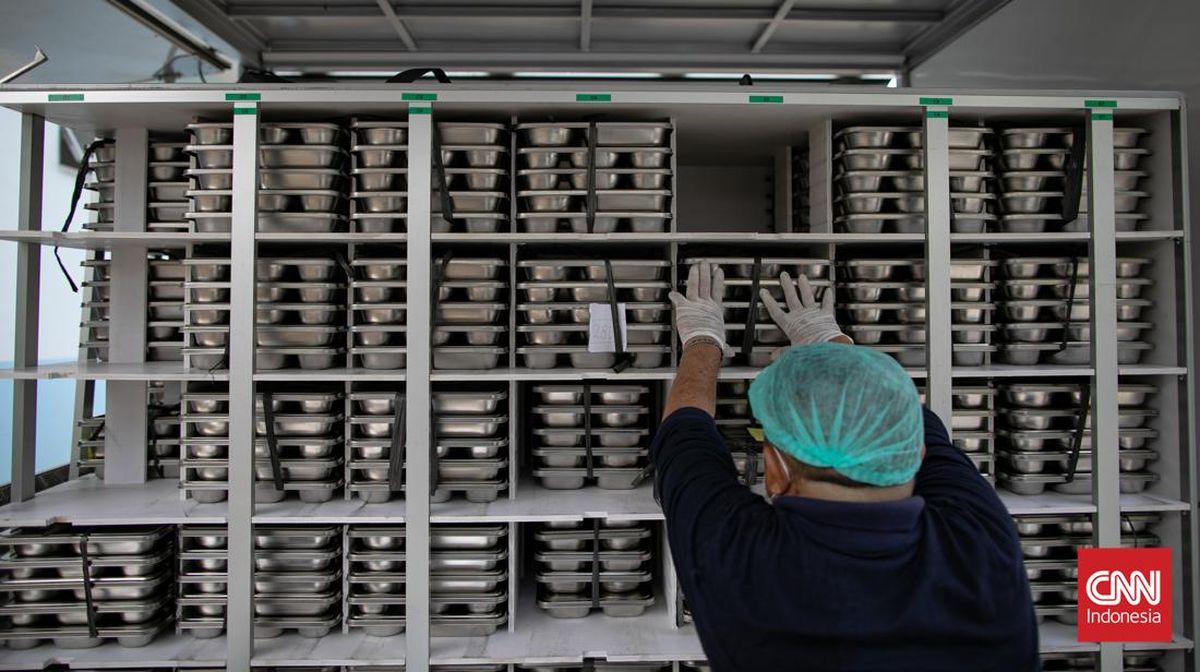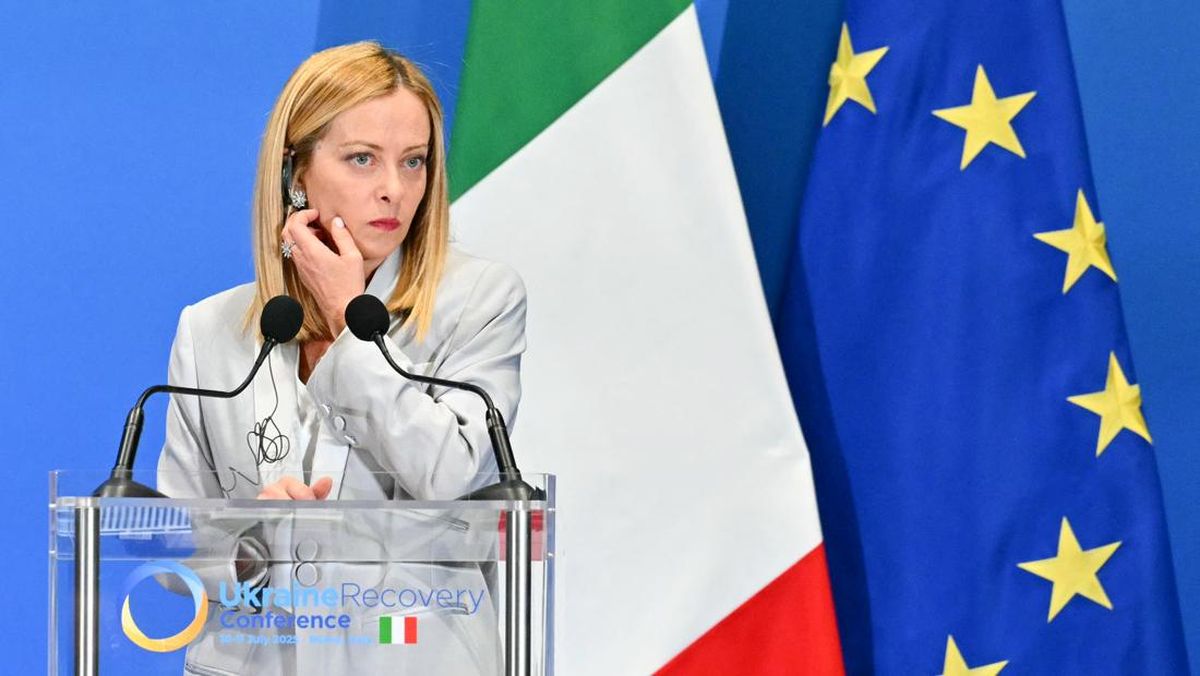 Recent interest rate cuts may be beneficial for owners considering borrowing home equity now.
RichHobson/Getty Images
Recent interest rate cuts may be beneficial for owners considering borrowing home equity now.
RichHobson/Getty Images
If you're a homeowner in need of extra financing worth around $15,000 or so, your home equity may not feel like a natural first choice. Home equity levels, after all, are robust right now, so it's natural to consider it as a source for larger, five-figure borrowing amounts, not a relatively small amount. And, if you've previously secured a personal loan for this amount or have a credit card limit in line with $15,000, those may be understandable alternatives.
But the fall 2025 interest rate landscape should play a role in your consideration, too. Personal loan rates are comfortably over 10% right now, while credit card rates remain only slightly below a recent record rate of 23%. Neither, then, may be worth using to access $15,000, especially when you can qualify for a home equity loan rate closer to 8%.
After the Federal Reserve cut interest rates in September, and now with additional reductions appearing likely for the central bank's final two 2025 meetings, this unique home equity borrowing tool is set to become more affordable than it already is. Still, with your home as the funding source and the potential to lose it back to the lender if you can't make your payments, it's critical to start by calculating the monthly costs. So, how much does a $15,000 home equity loan cost per month now, considering that the Fed just cut interest rates? Below, we'll break down the costs homeowners should know.
Start by seeing how much home equity you'd be eligible to borrow here.
How much does a $15,000 home equity loan cost per month after the Fed cut interest rates?
Completing the payment calculations for a home equity loan is simple thanks to the product's fixed interest rate. The rate you secure today, in other words, will be the same one you keep for the life of the loan (unless you refinance it). Here is how much a $15,000 home equity loan costs per month now, tied to readily available rates and terms:
- 10-year home equity loan at 8.36%: $184.86 per month
- 15-year home equity loan at 8.24%: $145.43 per month
To better understand the timeliness of taking out a home equity loan now, here's what a loan of the same amount would have cost in May 2025:
- 10-year home equity loan at 8.51%: $186.06 per month
- 15-year home equity loan at 8.41%: $146.92 per month
And here's what it would have cost in October 2024:
- 10-year home equity loan at 8.46%: $185.66 per month
- 15-year home equity loan at 8.37%: $146.57 per month
So, while payments are now cheaper than they were in both May 2025 and October 2024, the difference is negligible. Still, a decline when it comes to borrowing rates is always a good thing. However, with alternative products like home equity lines of credit (HELOCs) having rates comfortably under 8% now – and potentially lower, thanks to the variable rate that can change based on market conditions – it's important that borrowers compare both options closely before formally applying.
Compare your HELOC and home equity loan offers here to learn more.
The bottom line
A $15,000 home equity loan could be the affordable, more secure alternative to a personal loan or credit card, especially now that interest rate cuts are back in play. But with rates on HELOCs significantly lower and the potential for those to fall further in a way that a fixed-rate home equity loan cannot on its own, interested borrowers should start by comparing each product closely. And they should remember that home equity borrowing is a process that will need to be affordable both now, after interest rates were cut, and potentially for years into the future, until all they've borrowed has been repaid in full.
Matt Richardson is the senior managing editor for the Managing Your Money section for CBSNews.com. He writes and edits content about personal finance ranging from savings to investing to insurance.


















































